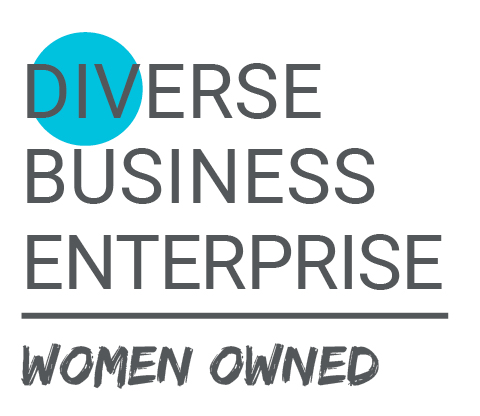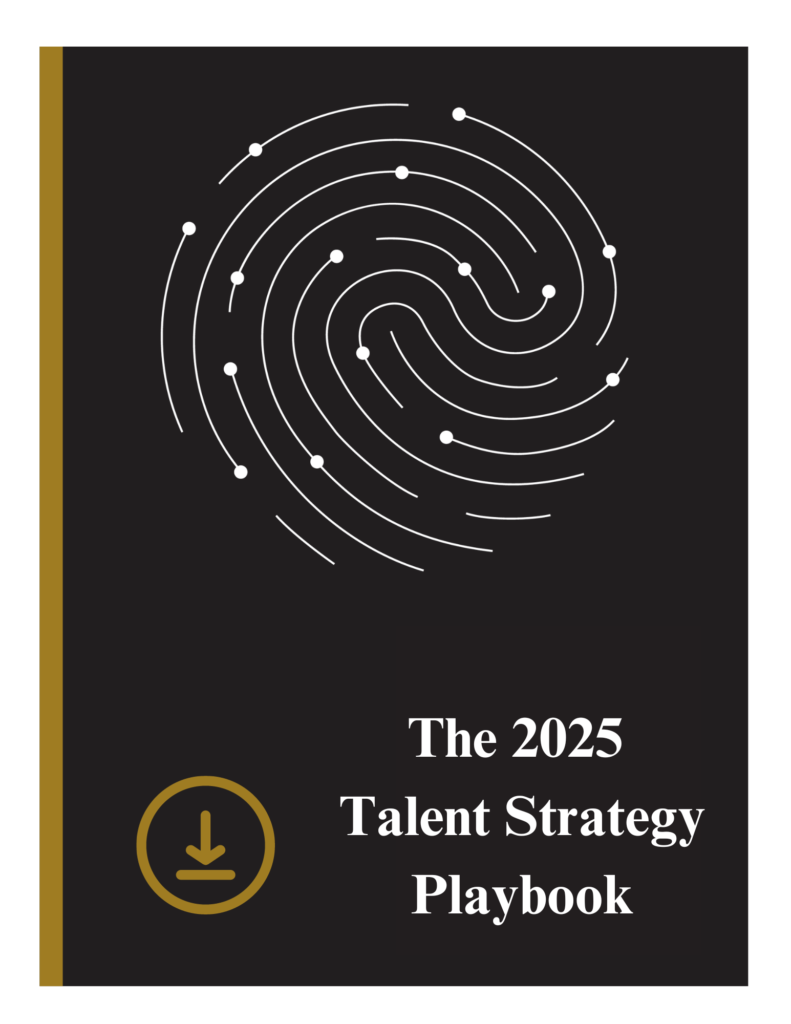by Matt Chapman, Manager of Executive Search at W Talent Solutions
Building long-term client relationships is no longer just a “nice to have,” it’s a strategic imperative. Companies that focus on client retention can significantly reduce marketing costs, increase brand loyalty, and generate sustainable growth. At the core of building lasting relationships is trust, which begins with consistency and transparency. Partners that consistently deliver on their promises, provide clear communication, and operate with integrity, earn the loyalty of their customers. Trust, once established, forms the foundation of every successful, enduring client relationship. This means honoring commitments, taking responsibility for mistakes, and communicating openly, even when the message is difficult. When clients believe in the reliability and character of a company, they’re more inclined to return and to refer others.
One of the most effective strategies for building long-term client connections is personalization. People want to feel seen and understood, not like they’re just another number in a database. Businesses that leverage data analytics to gain insights into client behaviors, preferences, and needs, can create more tailored experiences. This could mean anything from remembering a repeat client’s purchase history to proactively suggesting solutions that align with their goals. Email campaigns, loyalty programs, and even product recommendations are all opportunities to deepen that sense of personal connection. Going the extra mile to make clients feel valued through handwritten thank you notes, surprise discounts, or early access to new products, transforms routine interactions into memorable moments. Over time, these small but meaningful gestures create an emotional connection that keeps clients coming back.
Another vital component of long-term relationship building is proactive and responsive client service. Exceptional service doesn’t begin and end with solving problems; it’s about anticipating them before they arise. Partners that invest in training their teams to listen actively, empathize sincerely, and resolve concerns efficiently are more likely to build lasting loyalty. In fact, how a company handles a mistake often leaves a more lasting impression than how it handles a routine transaction. Clients are generally forgiving if they feel heard and respected. That’s why implementing feedback loops, monitoring satisfaction scores, and empowering customer service representatives to take the initiative can make a significant impact. In addition, offering multiple touchpoints (email, live chat, phone, and even social media) ensures clients can reach out in the way that feels most convenient for them.
Lastly, a long-term relationship requires continual engagement and shared growth. Clients evolve, and partners must evolve with them. This means staying relevant not only in product offerings, but also in values and communication. Businesses should actively seek out client input and let it inform decision-making, whether through surveys, social media polls, or one-on-one conversations. Creating a community around your brand through events, user-generated content, or ambassador programs, gives customers a deeper reason to stay connected. When clients feel like partners rather than passive buyers, the relationship moves from transactional to transformational. Ultimately, building long-term client relationships requires more than great service or quality products, it demands a genuine investment in people. When done right, that investment pays dividends in loyalty, advocacy, and enduring success.











